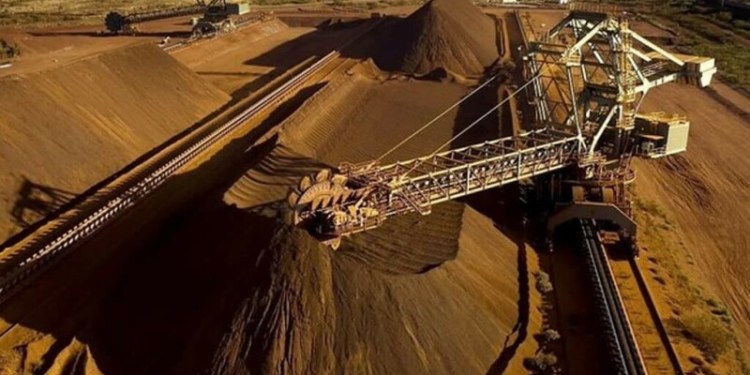By Devika Krishna Kumar and Jarrett Renshaw
NEW YORK (Reuters) – U.S. refiners are set to blow past quarterly earnings expectations after margins surged to a two-year peak on the back of a crippling hurricane season that squeezed already tight gasoline and diesel supplies.
A series of hurricanes, most notably Harvey, which struck Texas in late August sapped demand for and led to crushing gasoline lines in various parts of the U.S. Southeast and Midwest.
However, those supply interruptions boosted margins for refiners, suddenly presented with lower crude oil costs and a big jump in gasoline and diesel prices. It came after a summer when refiners surprisingly reduced their volumes of distillates – , diesel, jet fuel and kerosene – just before demand for those products ramps up in the fall and winter.
Refiners such as Valero Energy (N:) and PBF Energy (N:) will continue to ride healthy diesel margins in the coming months amid post-hurricane recovery efforts and sustained exports that will keep supplies at some of the lowest levels in years, analysts said.
“In addition to the increased distillate demand based on economic activity, there will be immense rebuilding needs in Texas, Florida, and Puerto Rico from damage caused by hurricanes Harvey, Irma and Maria, all in August and September 2017,” Moody’s said in a note.
Diesel margins rose about 50 percent during the third quarter, the biggest jump seasonally in six years, as overall volumes fell by about 10 percent to a two-year low.
Per-share earnings estimates for the third quarter for seven independent refineries, have, on average, seen their earnings-per-share estimates rise by 2.4 percent over the past week, according to Thomson Reuters StarMine figures.
Current estimates may not be high enough. StarMine currently predicts those seven companies will beat consensus expectations by an average of 3 percent.
All seven companies rank in the top 25 percent of U.S. companies in StarMine’s analyst revision models, which take into account changes in forecasts for revenue and earnings, as well as overall analyst recommendations.
Quarterly results should detail which companies were most hurt by lost production due to Harvey, and which benefited most by being able to boost refining runs as margins peaked. Valero Energy Corp (N:), which operates three refineries affected by Harvey, has nonetheless seen 13 upward revisions to EPS predictions in the last week, compared with 4 downward revisions.
On the flip side, analysts have been lowering expectations for Phillips 66 (N:), with 6 increases and 10 decreases, according to StarMine. Refiners will begin reporting earnings next week, kicking off with Valero on Oct. 26.
Barclays (LON:) said in a note last week that estimates are likely to fluctuate, due to the difficulty in predicting how some refiners fared during the storm.
DIESEL DOMINATES
Robust exports are expected to keep demand for U.S. fuels elevated. European appetite for U.S. diesel has soared in recent months, but imports for September and October have been dented by the supply crunch created by Harvey.
Margins to produce diesel fuel rose to a more than two-and-a-half year high of $26.95 a barrel during the third quarter and traded at nearly $24 a barrel on Wednesday, a four-year high for this time of the year. Gasoline margins
U.S. distillate exports will remain more than 10 percent higher in 2018 than in 2016, with further increases possible with continued demand and unplanned refinery outages from Latin America and Europe, according to Moody’s.
Morgan Stanley (NYSE:) currently estimates U.S. refiners’ 2018 earnings per share to beat estimates by 20 percent.
“We anticipate refiners will have a higher tilt toward distillate production heading into year-end … In our view this will help set up an attractive 2018 gasoline market,” Morgan Stanley said in a note.
Source: Investing.com



























